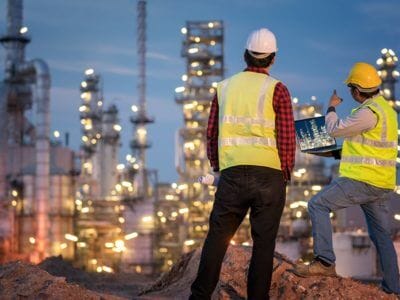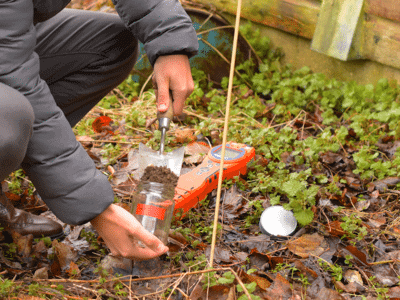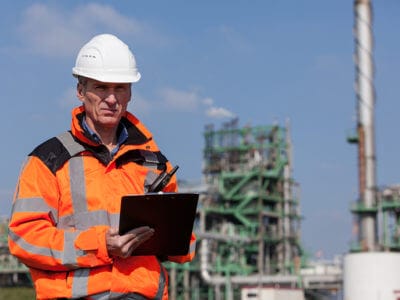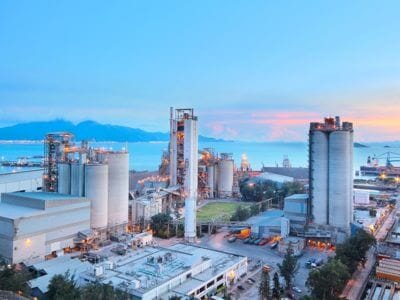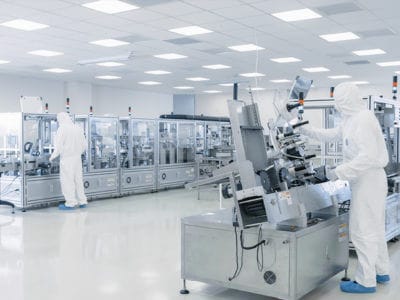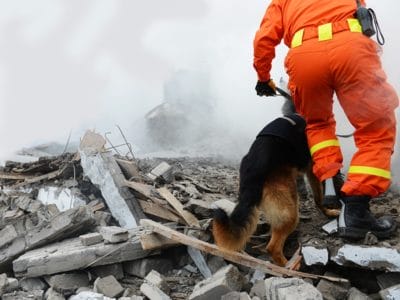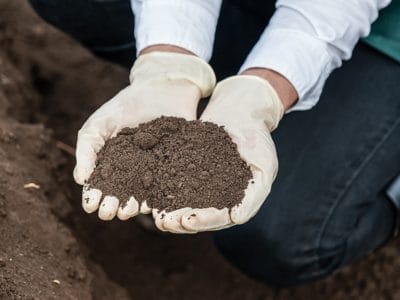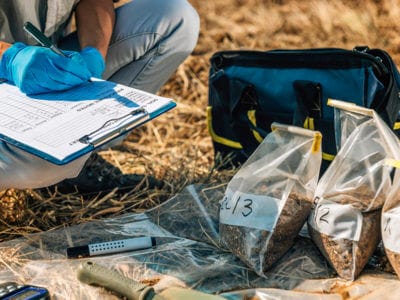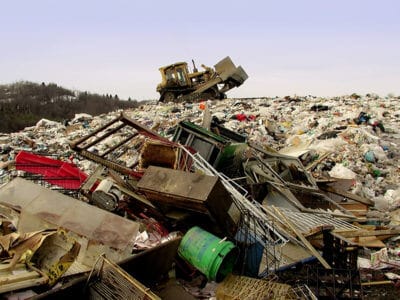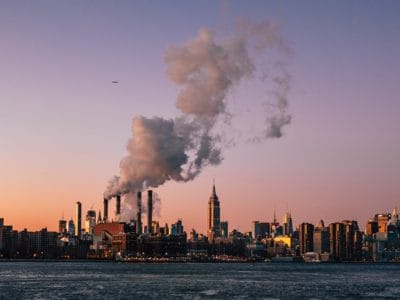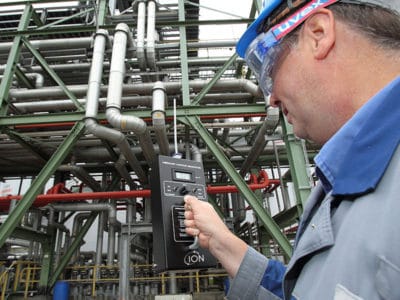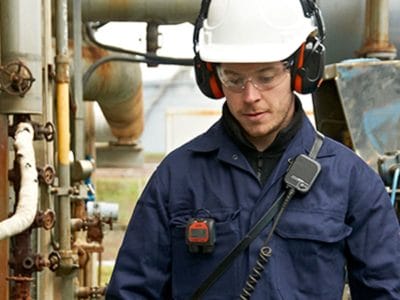
Detecting Volatile Organic Compounds (VOCs)
VOCs are chemical compounds, they are described as volatile because they evaporate easily, releasing molecules into the atmosphere. Your exposure to VOCs can be monitored using gas detection equipment.
ION Science manufactures gas detection equipment for monitoring exposure to toxic levels of volatile organic compounds (VOCs).
VOC Issues In Heavy Industries
The most well-known threats to workers from VOCs are their toxic effects.
Volatile organic compounds (VOCs) are a fundamental parameter in assessing air quality. The European Environment Agency (EEA) reported in 2018 that air pollution was the cause of almost 50,000 premature deaths in Europe per year. This finding pre-empted the head of the EEA agency stating “Air pollution is an invisible killer and we need to step up our efforts to address the causes,”.
– BBC News
Health and Safety Issues
Volatile Organic Compound (VOCs) gases are found in almost every industry. Typically, in heavier industries, especially steel foundries and refineries the concentrations of VOCs are higher. Also, the more hazardous VOCs such as benzene, toluene, ethylbenzene, and xylene (BTEX) are likely to be present. The risks associated with VOCs include:
- Health and Safety

- Environmental
- Economic
The most well-known threats to workers from VOCs are their multiple toxic effects. The effects we are most familiar with are acute risks, such as eye, nose, and throat irritation, dizziness, and high concentrations unconsciousness, and even death. However, the potentially larger threat comes from low-level long-term exposures we are not aware of.
Levels Of Volatile Organic Compounds
Monitoring for VOCs in heavy industries presents many challenges. The environmental conditions can be extremely harsh, temperatures range from -20 to over 50°C with humidity often in the high 90’s and even 100%.
In typhoon conditions. Coupled with this is the wide range of concentration that needs to accurately be measured. Explosion and asphyxiation concentrations are in the order of 10,000 ppm, acute health risks 10s – 100s of ppm, chronic health risks 1 – 0.1 ppm, and environmental emissions ppb, and lower.
Pellistors are the most common sensor type for detecting gasses and vapors over 5,000 ppm. To detect gasses and vapors below this photo-ionization detection is the preferred sensing technology.
Volatile Organic Compound Detection
In conclusion, there are significant financial, environmental, and health benefits associated with taking a proactive approach to monitoring VOCs in the heavy industrial environment. The resulting gains in operational efficiency and worker wellbeing are vital in creating a sustainable business and achieving operational excellence. The photoionization detector (PID) has proven to be an ideal solution for personal worker protection but effective in, fugitive emission and fence-line monitoring applications.
Download our FREE Guide
“VOC Issues In Heavy Industries”
The VOC issues in heavy industries guide which can be downloaded below provides the reader with an in-depth balance of knowledge covering three key areas within heavier industries. We cover basics health & safety, environmental & economic conditions while discussing why photoionization detector (PID) has proven to be an ideal solution for personal worker protection but effective in, fugitive emission and fenceline monitoring applications.





